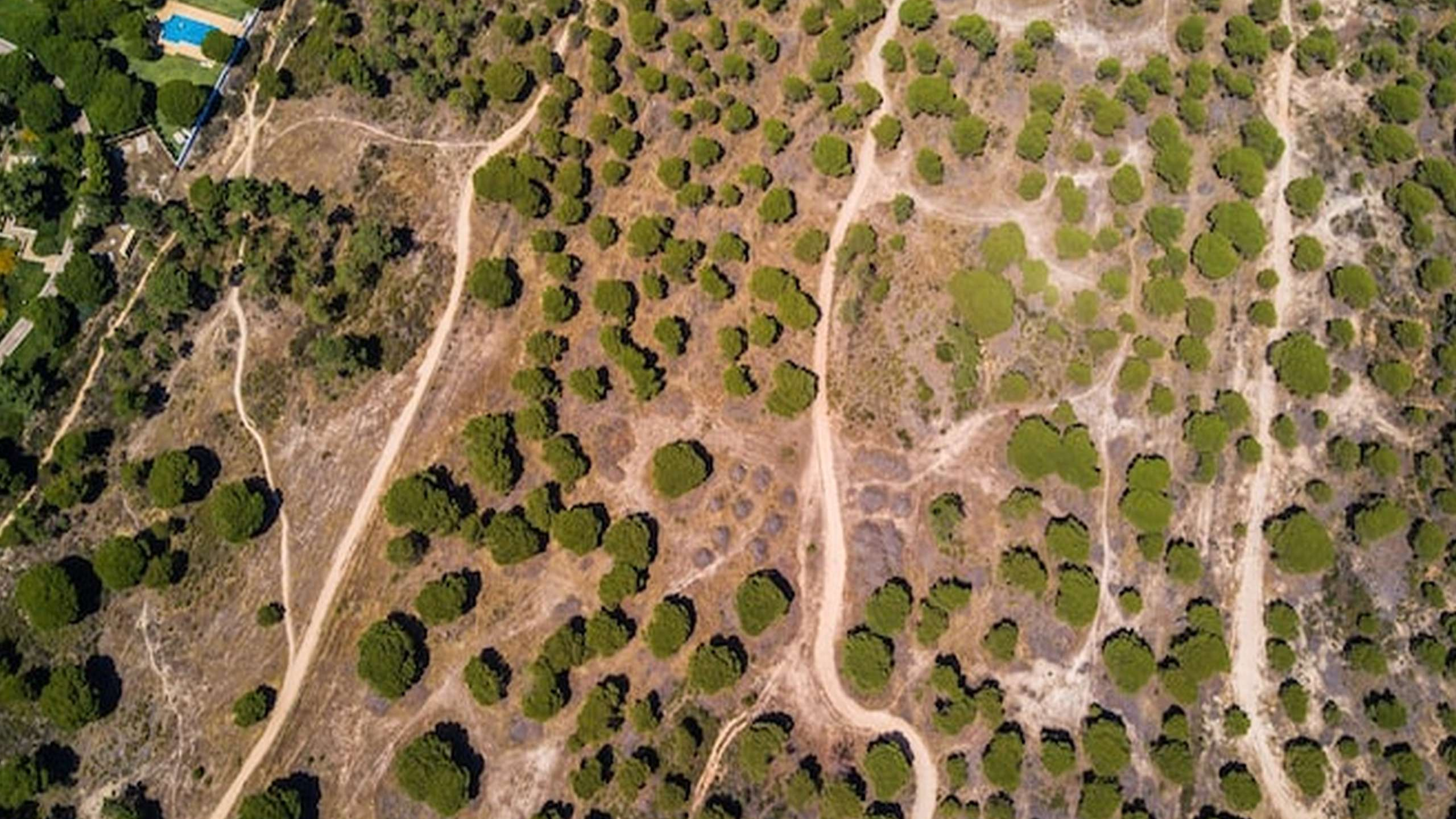 The global supply chain faces a pressing challenge: EUDR compliance. Failure to meet these regulations can lead to hefty fines and market exclusion. Leveraging Earth observation data from satellites like Sentinel-1 and Sentinel-2 is revolutionizing how businesses monitor deforestation. As companies like European Commission and private firms such as LiveEO and Satelligence harness this technology, a new era of transparency and accountability emerges. Discover how cutting-edge tech and innovative approaches are reshaping the fight against forest loss and ensuring sustainable practices in the industry.
The global supply chain faces a pressing challenge: EUDR compliance. Failure to meet these regulations can lead to hefty fines and market exclusion. Leveraging Earth observation data from satellites like Sentinel-1 and Sentinel-2 is revolutionizing how businesses monitor deforestation. As companies like European Commission and private firms such as LiveEO and Satelligence harness this technology, a new era of transparency and accountability emerges. Discover how cutting-edge tech and innovative approaches are reshaping the fight against forest loss and ensuring sustainable practices in the industry.
Leveraging Satellite Data for EUDR Compliance
The use of satellite technology, particularly by the European Commission through Sentinel-1 and Sentinel-2 satellites, has become instrumental in monitoring deforestation for EUDR compliance. These satellites provide global coverage and open data policies, allowing for long-term trend analysis. However, challenges persist in detecting small-scale disturbances, especially in tracking individual cattle movements, which could lead to non-compliance issues. To address this, the integration of blockchain technology with satellite data is proposed to enhance traceability and prevent fraudulent activities like 'cattle laundering'. By combining satellite imagery with blockchain tracking, companies can better identify high deforestation risk zones and ensure compliance with EUDR regulations.
Private Sector Initiatives in Earth Observation
Beyond governmental efforts, private sector players like LiveEO, Satelligence, and Rezatec are actively utilizing Earth observation data to support EUDR compliance. For instance, LiveEO, a German software company, leverages Sentinel-2 satellite data to monitor deforestation post the EUDR's cut-off date. Similarly, Satelligence integrates NASA data with Sentinel-1 and 2 to offer a comprehensive view of deforestation risk, combining satellite imagery with field data for enhanced insights. Moreover, Rezatec employs neural network models to sharpen satellite imagery resolution, enabling the detection of subtle forest changes. These private firms play a crucial role in augmenting the monitoring capabilities beyond what governmental initiatives provide, offering tailored solutions to meet EUDR requirements effectively.
Technological Advancements and Future Prospects
The evolution of satellite technology, such as the upcoming Sentinel-1 NextGeneration (NG) and Sentinel-2NG, promises enhanced earth observation capabilities for monitoring small-scale changes. Additionally, missions under the Copernicus program by the European Commission aim to improve land mapping and commodity differentiation. Companies like Rezatec, with their neural network models, are pushing the boundaries of resolution enhancement to detect fine-scale forest alterations. Despite challenges like cloudiness affecting data accuracy, the frequent revisits of satellites mitigate these issues. Looking ahead, the integration of advanced technologies and continuous innovation in earth observation will further refine the monitoring processes, ensuring stringent EUDR compliance and sustainable practices in the supply chain.
Demand Surge and Industry Response
As the EUDR's deadline approached in 2024, demand for Earth observation data spiked, prompting companies like Satelligence and LiveEO to witness increased interest in their services. This surge in demand underscores the growing importance of EUDR compliance and the pivotal role that satellite data plays in achieving transparency and accountability in supply chains. With the deadline pressure driving companies to adopt innovative solutions for monitoring deforestation, the industry response has been swift, with firms like LiveEO, Satelligence, and Rezatec at the forefront of providing cutting-edge technologies to support sustainable practices and regulatory adherence.
Conclusion
The intersection of cutting-edge satellite technology and innovative approaches is reshaping the landscape of EUDR compliance, ushering in a new era of transparency and accountability in supply chains. From European Commission to private firms like LiveEO, Satelligence, and Rezatec, the industry is witnessing a transformative shift towards sustainable practices. As demand surges and technological advancements pave the way for enhanced monitoring capabilities, the imperative for stringent EUDR compliance underscores the crucial role of Earth observation data in safeguarding our forests. Embracing these advancements and fostering collaboration between public and private sectors will be key in ensuring a sustainable future for our planet.